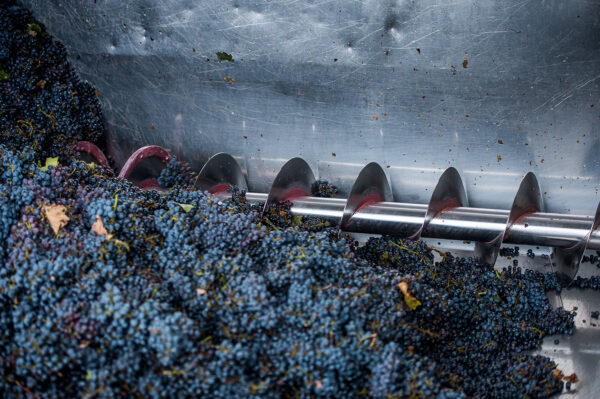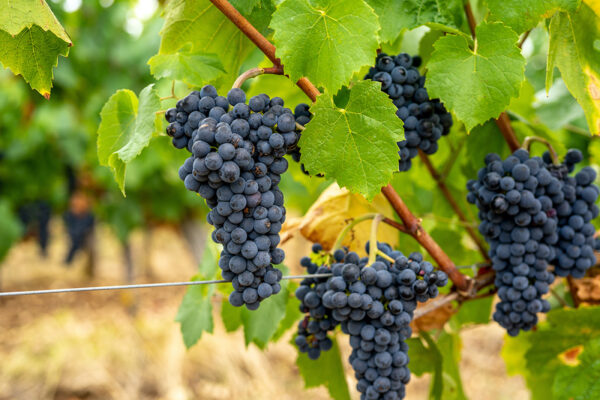Startup costs can present a major hurdle for businesses seeking to make their mark in the wine industry. Fortunately, the “alternating proprietorship” model presents an opportunity for an ambitious company to produce its own wine without the burden of certain significant startup costs. It also offers financial opportunities for existing wineries with excess capacity. And, notably, in contrast to the “custom crush” arrangement, described in a past blog post, both parties to the mutually beneficial alternating proprietorship relationship function as licensed and bonded wineries.
What is an Alternating Proprietorship?
In an alternating proprietorship relationship, a “host” (the “Host Winery”) and a “tenant” (the “Alternating Proprietor”) share a manufacturing space owned (or leased) by the Host Winery. In one of its Industry Circulars, the Department of Treasury Alcohol and Tobacco Tax and Trade Bureau (the “TTB”) describes the alternating proprietorship arrangement as “two or more persons or entities taking turns using the same space and equipment to produce wine. In almost all situations, an existing proprietor-owner of a bonded wine premises agrees to rent space and equipment to a new proprietor.” Essentially, this amounts to a small winery, the Alternating Proprietor, operating within a preexisting winery facility. For the Host Winery, the alternating proprietorship relationship carries the promise of facilitating monetization of excess space and capacity.
Differences Between Alternating Proprietorship and a Custom Crush Agreement
Unlike the customer in a custom crush arrangement, an Alternating Proprietor is a separately bonded winery and is responsible for its own production, record keeping, recording, labeling and taxes, independent of the Host Winery (also a bonded winery). This model represents a collaboration of independent bonded wineries, each with responsibility for its own wine making practices and regulatory obligations. The term “alternating” applies because two or more qualified licensed and bonded proprietors alternate the use of parts of the winery premises, typically crushing and fermentation equipment, bottling equipment and storage.
Advantages for the Alternating Proprietor
For the Alternating Proprietor, this model offers numerous advantages over both the custom crush arrangement and the stand-alone winery. Compared to a stand-alone winery, the alternating proprietorship structure gives new entrants to the wine industry an opportunity to begin on a small scale without the need to lease or buy an expensive facility and costly equipment. In contrast to a custom crush customer, as an independently licensed winery, the Alternating Proprietor has more control over the wine making process. With its own federal TTB permits and ABC licenses, an Alternating Proprietor can exert direct control over its supply chain, with the ability to involve itself in retail sales, direct shipping, and wine tasting, in some instances. The Alternating Proprietor must, however, engage in more regulatory compliance than a custom crush customer, owing to its status as a licensed and bonded winery.
Contractual Nature of the Alternating Proprietorship Relationship
An “Alternating Proprietorship Agreement” (“AP Agreement”), between the Alternating Proprietor and a Host Winery, forms the backbone of the alternating proprietorship structure. Fundamentally, the AP Agreement must allow the Alternating Proprietor to control portions of the Host Winery’s facility when the Alternating Proprietor is conducting its winemaking. This causes the AP Agreement to function in certain ways like a lease, rather than a services agreement or another type of commercial agreement. Typically, the Alternating Proprietor would not pay for services based on gallons of wine or cases of wine produced, and the Host Winery would not perform the service of making wine without oversight by the Alternating Proprietor. Instead, the AP Agreement should establish that the Alternating Proprietor controls the winemaking process, including bottling and storage of wine, as well as management of the business. The AP Agreement should also allocate risk and liability similar to a landlord/tenant relationship. In exchange for offering its premises, on an alternating basis, to the Alternating Proprietor, the Host Winery can take a triple-net lease approach that limits its potential liabilities and expenses associated with the winery premises. AP Agreements often also address use of a Host Winery’s employees by the Alternating Proprietor throughout the winemaking Process, and such an arrangement can be viable in the eyes of the TTB so long as it remains clear that the Alternating Proprietor controls its own winemaking.
Conclusion
The alternating proprietor relationship represents a key facet of the winemaking industry that provides a symbiotic opportunity for both pre-existing wineries and aspiring industry entrants. There are, however, complex regulatory and contractual issues to consider. The experienced wine law attorneys at Rogoway Law Group are here to help! Please reach out with any questions or if you would like to schedule a complimentary consultation.


